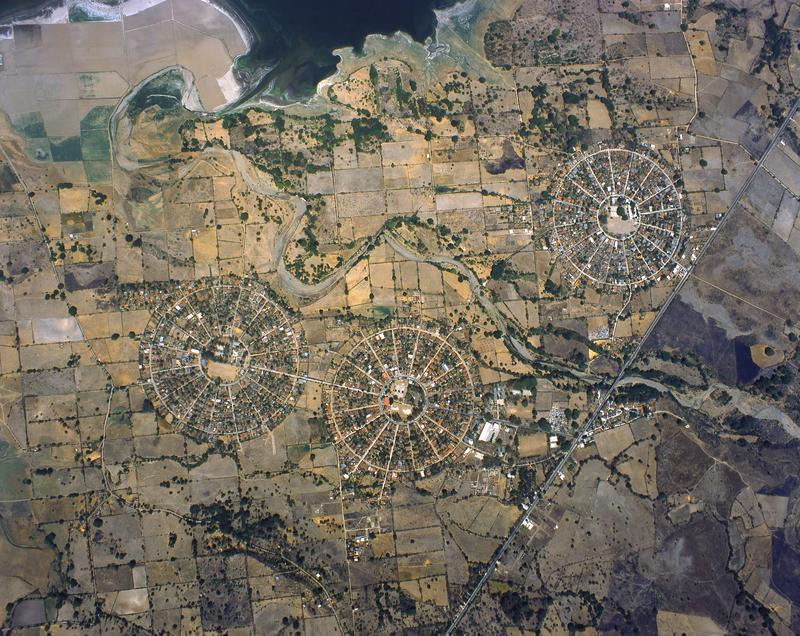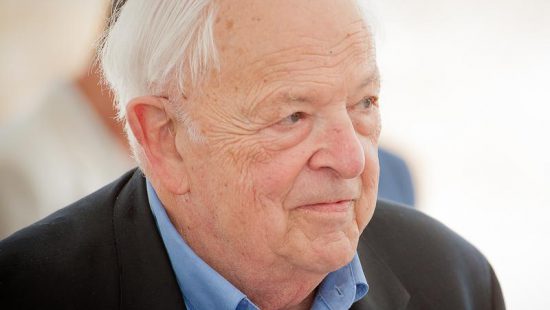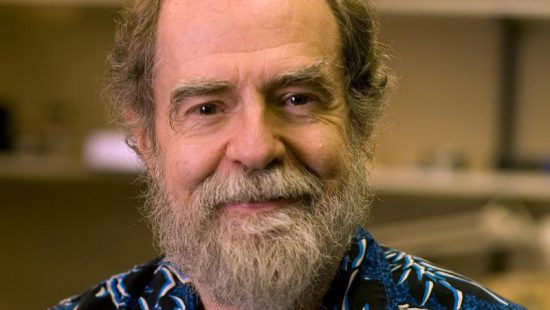During the hydrogen bomb’s development, scientists worried the blast might be powerful enough to set off a runaway chain reaction.
Such a phenomenon could ignite a global explosion, destroying all life on Earth. Officials with the Manhattan project – America’s undercover operation to build nuclear weapons – employed Gregory Breit to ensure the atomic bomb’s obliteration wouldn’t extend beyond its intended target.
The Russian scientist was already well-versed in the physics of Earth’s atmosphere, having discovered the ionosphere earlier in his career. The atmospheric layer, located about 50 miles above the Earth’s surface, contains densely-arranged ions and electrons that are capable of reflecting radio signals. Breit’s calculations eased minds, proving that a runaway reaction from the H-bomb was unlikely.
Through his research, he also co-developed the resonance theory of nuclear reactions, which states that every object has different vibration frequencies. The principle later helped the Navy develop radar and sonar to spot undersea mines.







